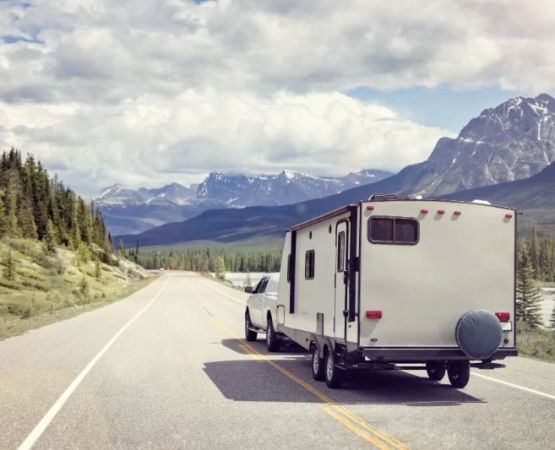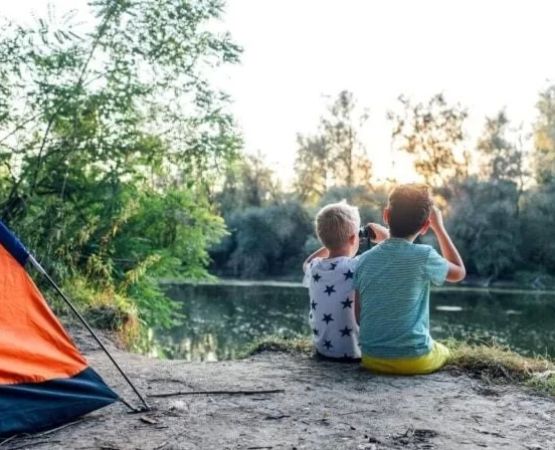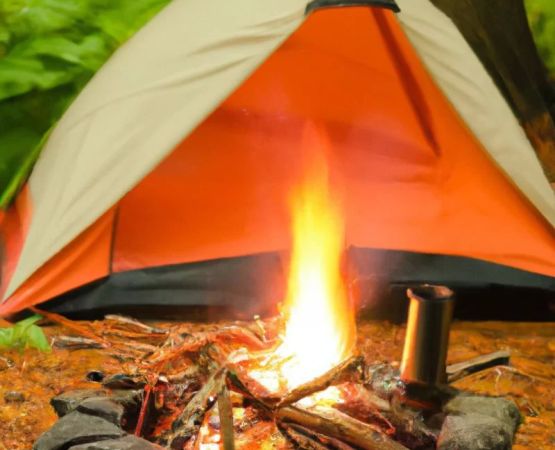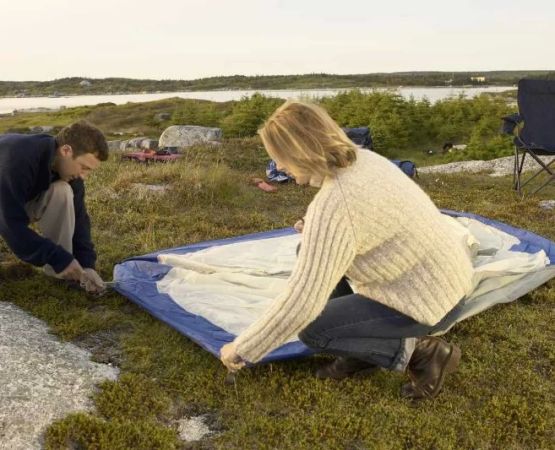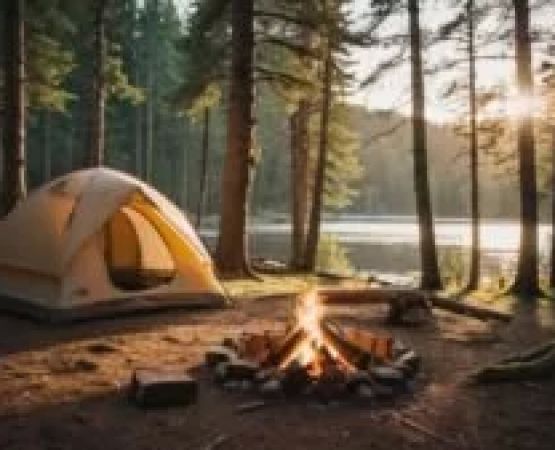How to Stay Safe While Camping Near Wildlife
- 1. Understanding Wildlife Habits
- 2. Choosing Safe Camping Locations
- 3. Securing Your Food and Campsite
- 4. Safety Gear and Tools to Carry
- 5. Handling Encounters with Wildlife
- 6. Personal Experience with Camping Near Wildlife
1. Understanding Wildlife Habits
Camping near wildlife can be an exhilarating experience, but it’s essential to understand the habits of animals to ensure your safety. Wildlife is unpredictable, and many animals, even those that seem harmless, can pose risks if they feel threatened or if their territory is invaded. Animals like bears, mountain lions, and wolves can be dangerous if they’re surprised or startled, while smaller animals such as raccoons or squirrels can create havoc by raiding your campsite for food.
Each species has its own behavior patterns. For example, bears are known to roam at dawn and dusk looking for food. If you’re camping in an area that’s known for bear activity, understanding when they’re most active can help you plan your activities more safely. Likewise, knowing the signs of a mountain lion or wolf’s territory can help you avoid potentially dangerous encounters.
Before heading out, it’s always a good idea to research the wildlife that lives in the area where you’ll be camping. This knowledge can prepare you for any situations that may arise, whether it’s keeping a safe distance from a bear or recognizing the warning signs of a venomous snake nearby.
2. Choosing Safe Camping Locations
When selecting a campsite near wildlife, choosing the right location is crucial. Ideally, you should choose a site that is far enough away from known animal habitats, such as water sources, dense forests, or animal trails. Bears, for instance, are attracted to areas with abundant food sources like berry bushes or water. Staying at least a mile away from these areas can reduce the risk of encounters.
In addition to distance from wildlife habitats, consider the terrain and its ability to keep animals away. For example, open areas with clear visibility will allow you to spot approaching wildlife from a distance. If you’re camping near forested areas, setting up camp in an open, slightly elevated area may offer an additional line of defense and a clearer view of your surroundings.
It’s also worth checking the local regulations for camping in wildlife areas. Many parks and wildlife reserves have guidelines for safe camping, including designated camping zones and specific safety measures to follow. Being aware of these guidelines can help you stay in areas that are less likely to have frequent animal encounters.
3. Securing Your Food and Campsite
One of the most important aspects of camping near wildlife is securing your food. Many animals, especially bears and raccoons, are opportunistic feeders, and they will go to great lengths to find food. If your food is left unattended or improperly stored, it can attract animals to your campsite, potentially leading to dangerous encounters.
To prevent this, always store your food in bear-proof containers or hanging bags that are at least 10 feet off the ground and 4 feet away from any tree trunk. This makes it much harder for animals to reach your food and discourages them from sticking around. Additionally, make sure to clean your cookware thoroughly after every meal, as even small food particles can attract animals.
Other items like toothpaste, deodorant, and trash should also be stored securely, as animals are often drawn to the scent of these products. Never leave these items inside your tent or unsecured at your campsite. A clean campsite is key to minimizing the risk of animal attraction.
4. Safety Gear and Tools to Carry
When camping near wildlife, it’s important to carry the right safety gear to protect yourself. Here are a few essential items that can help ensure your safety:
- Bear Spray: Bear spray is a must-have if you're camping in areas with bears. This non-lethal deterrent can help you protect yourself if you find yourself in a close encounter with a bear.
- Whistle or Air Horn: Carrying a whistle or air horn can help you make noise to alert animals of your presence and scare them off if needed.
- Flashlight or Headlamp: Having a reliable light source is essential for nighttime safety. It can help you see wildlife from a distance, preventing sudden encounters.
- First Aid Kit: A well-stocked first aid kit is always important, especially when camping near wildlife. Ensure it includes supplies to treat bites, stings, and other injuries that might occur in the wild.
Having the right tools on hand can make a significant difference in your ability to stay safe and handle any potential wildlife encounters while camping.
5. Handling Encounters with Wildlife
Despite your best efforts, there may still be times when you encounter wildlife up close. Knowing how to respond in these situations can be life-saving. Here are some tips on handling encounters with different types of animals:
- Bears: If you encounter a bear, stay calm and back away slowly. Never run or make sudden movements. If the bear approaches, use bear spray as a last resort to deter it. Never get between a bear and its cubs, as mothers can become very protective.
- Mountain Lions: With mountain lions, make yourself appear larger by raising your arms or using a jacket to look bigger. Do not turn your back or run. Instead, slowly back away while maintaining eye contact.
- Raccoons and Small Animals: Raccoons, skunks, and other small animals can be more of a nuisance than a threat, but they can also carry diseases. If you see one approaching, make loud noises or use an air horn to scare them off. Never feed or approach these animals.
Always remember that wildlife encounters are unpredictable. Staying calm and being prepared with knowledge and tools will increase your chances of handling any situation safely.
6. Personal Experience with Camping Near Wildlife
During one of my most memorable camping trips in the Rocky Mountains, I had a close encounter with a bear while hiking alone. As I made my way down a trail, I spotted a bear in the distance, rummaging through the underbrush. I immediately remembered the tips I had learned—staying calm, backing away slowly, and making myself visible. Fortunately, the bear did not seem interested in me and continued foraging for food. The experience reminded me of the importance of being vigilant, prepared, and knowledgeable when camping near wildlife.
Over the years, I've had other close calls with wildlife while camping, and each one taught me something new about respecting and understanding the animals in their natural habitat. Whether it’s hearing the distant call of a coyote or watching a deer graze nearby, camping near wildlife is both a thrilling and humbling experience. But it requires a balance of preparation and respect for the environment around you.
Taking the necessary precautions and learning about wildlife behavior has always allowed me to enjoy these adventures safely and responsibly. I highly recommend anyone camping near wildlife to take these steps seriously to ensure both your safety and the well-being of the animals around you.


